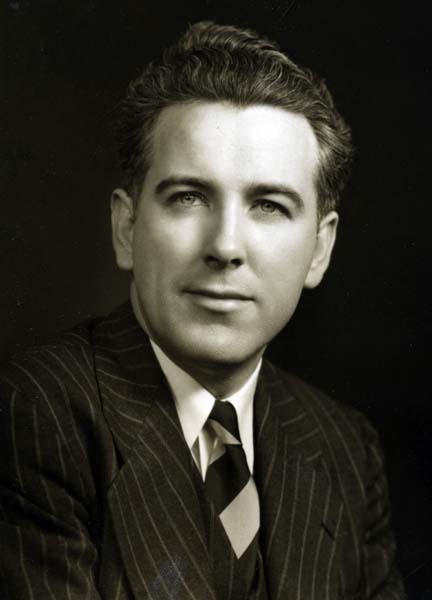James G. Baker
James G. Baker

1960 President James G. Baker made significant contributions to the growth of satellite reconnaissance, He attended the University of Louisville, U.S., where he majored in mathematics. During his time at the university, Baker became interested in astronomy and grinding his own mirrors. In 1931 he helped to form the Louisville Astronomical Society. He graduated with a B.A. in 1935.
Pursuing his interest in astronomy, Baker studied at the Harvard College Observatory, U.S. He earned his M.A. in 1936 and served as a Junior Fellow of the Harvard Society from 1937 until 1943. He developed the Baker-Schmidt telescope, a modified version of the Schmidt camera, and earned his Ph.D. in astronomy and astrophysics from Harvard. Much of his work at the observatory involved designing, fabricating, and calibrating lenses for aerial cameras used in reconnaissance and mapping.
After the start of World War II, Baker was recruited to be a civilian optical designer for the Army's newly formed aerial reconnaissance branch under Col. George W. Goddard. He served as director of Harvard's Observatory Optical Project from 1943-1945. In this role, he designed wide-angle camera systems and tested them in unpressurized compartments during test flights. Goddard once described Baker as "the most versatile optical designer" known to the command.
After the war, Baker became a consultant for the Air Force Photographic Laboratory, Perkin-Elmer Corporation, Eastman Kodak, and the Boston University Optical Research Laboratory. In 1948 he joined the Lick Observatory in California, U.S. as a research associate. He returned to Harvard in 1950. During the 1950s, Baker performed research for the Air Force's Beacon Hill Study, which would influence high altitude, overhead reconnaissance systems used to obtain intelligence during the Cold War.
Before the launch of Sputnik I, Baker collaborated with Joseph Nunn to build a series of 12 satellite tracking cameras called the Baker-Nunn camera. Dr. Baker designed the optical system for the cameras, which Perkin-Elmer Corporation fabricated. The camera became a critical element in the Air Force's initial satellite tracking and space surveillance networks.
Teaming up with Edwin Land, Baker persuaded President Dwight Eisenhower to approve Project AQUATONE to create the U-2 spy plane. Baker designed the lenses and most of the cameras used on the U-2 spy plane and later the SR-71 Blackbird. In addition, he created the lenses and cameras used in the Samos satellite program, and a modified version of these optics were later used in the lunar mapping programs. During the 1960s, Baker designed the folding optics for the Polaroid SX-70 Land Camera. He also designed the Baker Super-Schmidt camera which was used to track meteors.
Baker was the author of many technical papers, and he held more than 50 U.S. patents. In 1948 he received the Presidential Medal of Merit, one of the highest civilian awards recognizing meritorious service to the nation during World War II. He was a Fellow of OSA, the National Academy of Sciences, and the American Academy of Arts and Sciences. The U.S. Air Force honored Baker as a Space and Missile Command Pioneer for his significant contributions to U.S. space and missile programs. Baker was also named a National Reconnaissance Pioneer for the design of optical lenses and cameras used to observe "denied territory," which permitted the U.S. peacetime reconnaissance work.
He received the Frederic Ives Medal, Adolph Lomb Medal, and the Joseph Fraunhofer Award. He was elected an Honorary Member of the Society in 1993.
Jim Baker died on 29 June 2005, please see Optica's memorial entry.
Document Created: 26 July 2023
Last Updated: 30 September 2024
